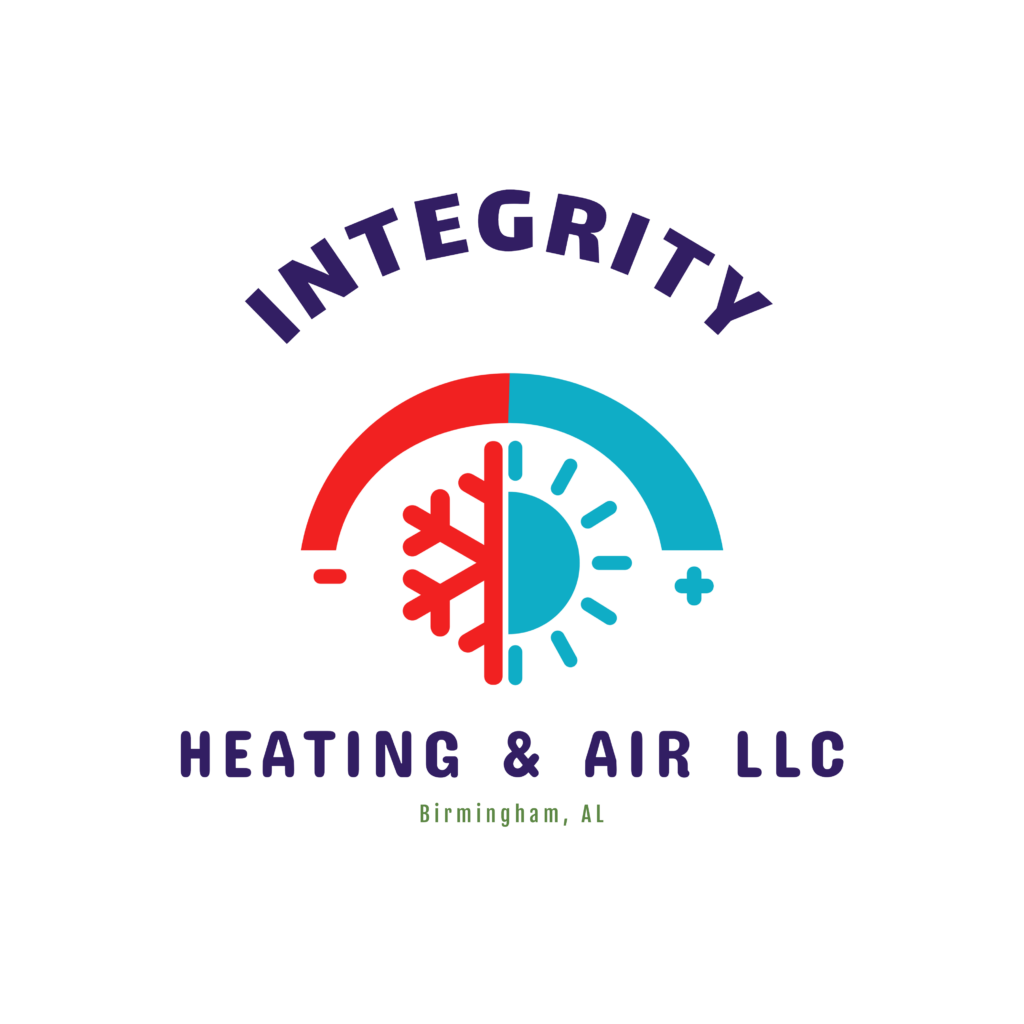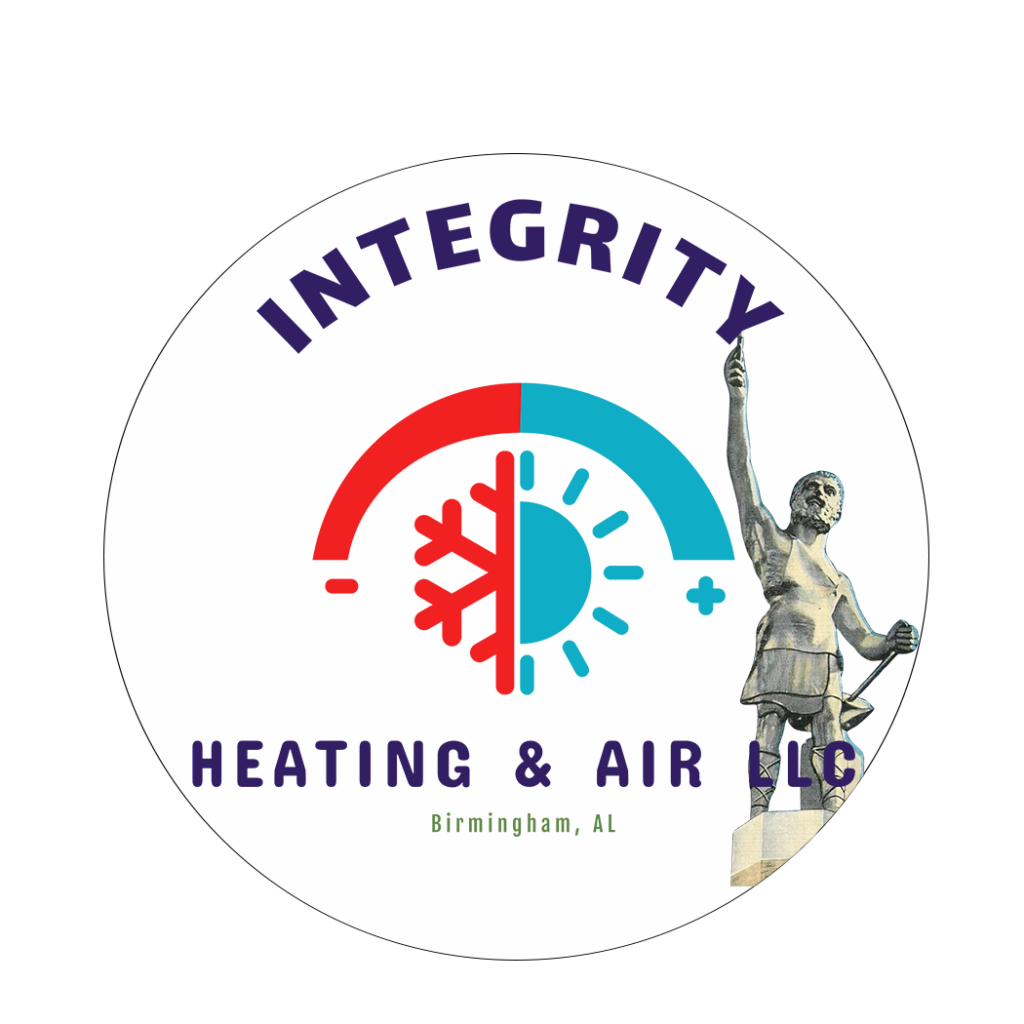Title: Exploring the Future of HVAC Technology
Introduction:
The HVAC industry has seen significant advancements in technology over the years, making heating, ventilation, and air conditioning systems more efficient, reliable, and environmentally friendly. As we look towards the future, there are exciting innovations on the horizon that promise to revolutionize the way we heat and cool our buildings. In this blog post, we will explore some of the latest trends and developments in HVAC technology and how they are shaping the future of the industry.
1. Smart HVAC Systems:
One of the most significant trends in HVAC technology is the rise of smart systems that are equipped with sensors, connectivity, and automation capabilities. These systems can learn user preferences, adjust settings based on occupancy, and communicate with other smart devices in the building. By leveraging data analytics and machine learning, smart HVAC systems can optimize energy usage, improve comfort levels, and reduce maintenance costs.
2. Energy Efficiency:
With a growing focus on sustainability and energy conservation, HVAC manufacturers are developing systems that are more energy-efficient than ever before. This includes the use of advanced components such as variable-speed compressors, intelligent controls, and high-efficiency filters. In addition, renewable energy sources such as solar power and geothermal heating are being integrated into HVAC systems to further reduce carbon emissions and reliance on fossil fuels.
3. Indoor Air Quality:
Another important aspect of future HVAC technology is enhancing indoor air quality. With concerns about air pollution, allergens, and airborne viruses, HVAC systems are being designed to filter, purify, and sanitize the air within buildings. Technologies such as UV-C light disinfection, ionization, and advanced filtration systems are being utilized to create healthier indoor environments for occupants.
4. Integration with Building Automation Systems:
As buildings become more connected and automated, HVAC systems are being integrated with building automation systems to create seamless and efficient operations. By sharing data and coordinating with other building systems such as lighting, security, and occupancy sensors, HVAC systems can respond dynamically to changing conditions and optimize overall building performance.
5. Augmented Reality and Remote Monitoring:
In the realm of maintenance and troubleshooting, augmented reality (AR) and remote monitoring technologies are making HVAC servicing more efficient and cost-effective. Technicians can use AR glasses to access real-time data, schematics, and troubleshooting guides while in the field, reducing downtime and improving service quality. Remote monitoring allows HVAC systems to be monitored and controlled from anywhere, enabling proactive maintenance and swift responses to issues.
Conclusion:
The future of HVAC technology is bright, with innovations that promise to make buildings more comfortable, sustainable, and efficient. From smart systems and energy-efficient components to advanced air purification and integration with building automation systems, the HVAC industry is embracing technology to meet the evolving needs of modern buildings and occupants. By staying abreast of these trends and adopting cutting-edge solutions, HVAC professionals can position themselves for success in the rapidly changing landscape of heating and cooling technology.

